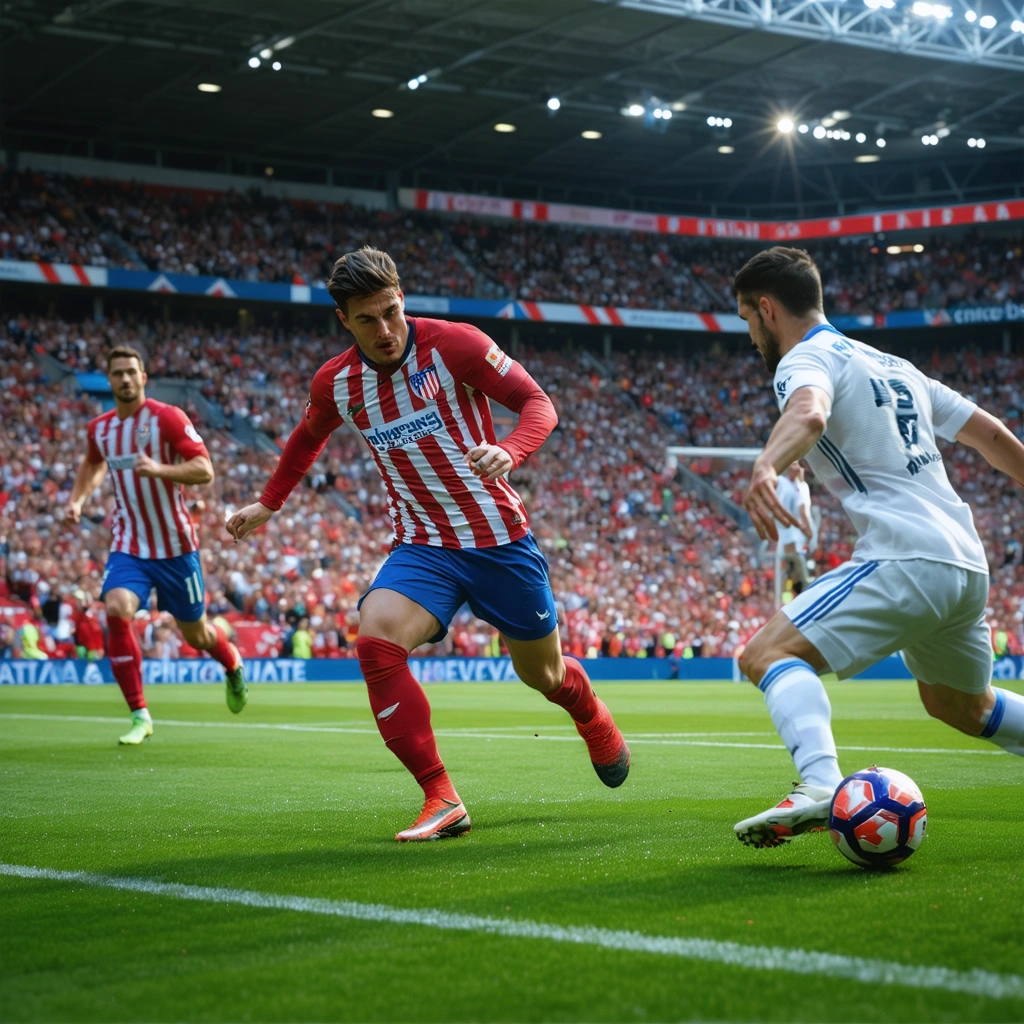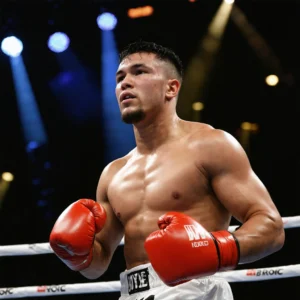
Match Overview
The recent Champions League encounter between Atlético Madrid and Real Madrid has ignited passionate debates among fans and analysts alike. With the first leg ending in a closely fought 1-2 result in favor of Real Madrid, the stakes could not be higher in what is being touted as a tactical and emotional roller coaster. Both teams are known for their distinct playing styles – Atlético Madrid, with their disciplined defensive approach and counter-attacking prowess, versus Real Madrid’s fluid and dynamic offensive strategies. As the teams prepare for the second leg, the pressure intensifies and every detail matters.
Setting the Stage
The atmosphere in the stadium is electric, with fans from both sides exuding anticipation and nervous energy. The clash of cultures – the disciplined, hardworking spirit of Atlético and the artistic, free-flowing style of Real Madrid – sets the perfect scene for a classic European showdown. Key moments from the first leg and the prevailing tactical plans have only added layers to the narrative, making this match one to remember.
Tactical Analysis and Strategies
Atlético Madrid’s Approach
Atlético Madrid has built its reputation on a strong defensive foundation, orchestrated by the ever-vigilant Diego Simeone. His strategy revolves around compact organization, disciplined positional play, and rapid transitions into counter-attacks. Several elements define their approach:
- Defensive Rigidity: A well-drilled backline that minimizes gaps and frustrates the opposition.
- Midfield Discipline: A midfield unit committed to both breaking up plays and launching counter-attacks.
- Exploiting Counter-Attacks: Quick transitions that catch the opposing team off guard, especially in exploiting spaces left by attacking full-backs.
This match demands that Atlético remain at their best, as any lapse in concentration or defensive error could quickly be exploited by a Real Madrid side hungry for a comeback in the aggregate.
Real Madrid’s Counter-Attack Strategy
Real Madrid, under the tactical guidance of their manager, embraces an attacking philosophy that leverages the technical prowess and creativity of their star players. Their strategy is built on a mix of high pressing and rapid build-up play, aimed at taking advantage of defensive vulnerabilities:
- High Pressing: Forcing errors and recovering possession high up the pitch.
- Fluid Positional Play: Allowing versatile midfielders and forwards to interchange positions and create mismatches.
- Offensive Transitions: Quick passes and forward runs designed to catch Atlético unbalanced during transitions.
A notable facet of Real Madrid’s plan is the emphasis on individual brilliance—players who can change the game in a single moment of creative expression. This blend of collective effort and individual flair makes them dangerous opponents, especially as the second leg unfolds.
Key Moments and Statistical Insights
Chronology of the Match
Throughout the match, several pivotal moments have defined the rhythm of the game:
- An early goal that set Real Madrid on the front foot, increasing the pressure on Atlético Madrid.
- A dramatic interception by Griezmann that underscored the high stakes and fine margins between success and failure.
- Several near misses and controversial referee decisions that kept fans on the edge of their seats.
These moments have not only influenced the tactical decisions on the pitch but have also had a bearing on the momentum of the match, making it an intense battle of wits and physical endurance.
Player Performance and Team Statistics
A detailed breakdown of key player statistics and team performances can be illustrated in the table below:
| Aspect | Atlético Madrid | Real Madrid |
|---|---|---|
| Possession | 45% | 55% |
| Shots on Target | 7 | 10 |
| Passing Accuracy | 82% | 87% |
| Defensive Actions | 22 tackles, 15 interceptions | 18 tackles, 12 interceptions |
This data symbolizes the fine margin that separates the two sides and highlights the numerical as well as qualitative aspects of what has been a closely contested match.
Post-Match Analysis and Future Implications
Psychological Impact and Momentum
The mental resilience and tactical discipline under pressure are likely to define the outcome of the tie. Atlético Madrid, who are no strangers to high-pressure situations, may lean on their collective resolve and tactical organization to counteract Real Madrid’s individual brilliance. Conversely, the confidence garnered from the first leg’s result could propel Real Madrid into taking calculated risks in pursuit of an aggregate advantage.
Key psychological factors include:
- Team Morale: The ability of both sides to maintain focus under intense scrutiny and expectations.
- Managerial Influence: The role of tactical adjustments made by the coaching staff during the game, a factor that will be particularly telling in the second leg.
- Fan Support: The vigorous backing of supporters in both cities, which can serve as an extra boost during moments of uncertainty.
Looking Ahead
As the round progresses into the second leg of the tie, both teams face significant challenges and opportunities. The following points highlight what to expect:
- Increased tactical flexibility as managers may alter formations and strategies to exploit observed weaknesses.
- Heightened physical intensity, as players understand that every touch of the ball could be crucial in determining the outcome.
- A renewed emphasis on set-pieces and transitional play, which might well decide the balance in a game where open play is meticulously contested.
The outcome of this fixture could have broader implications on the progression of the tournament. A win for Real Madrid might solidify their status as one of Europe’s elite sides, while a resilient performance by Atlético Madrid would reinforce their reputation as formidable challengers in high-stakes scenarios.
The match is not merely a contest of athletic skill but a narrative of strategic depth, psychological endurance, and the everlasting pursuit of football excellence. As the second leg unfolds, each tactical adjustment, every player’s determination, and the roar of the passionate crowds will contribute to making this a memorable chapter in Champions League history.




